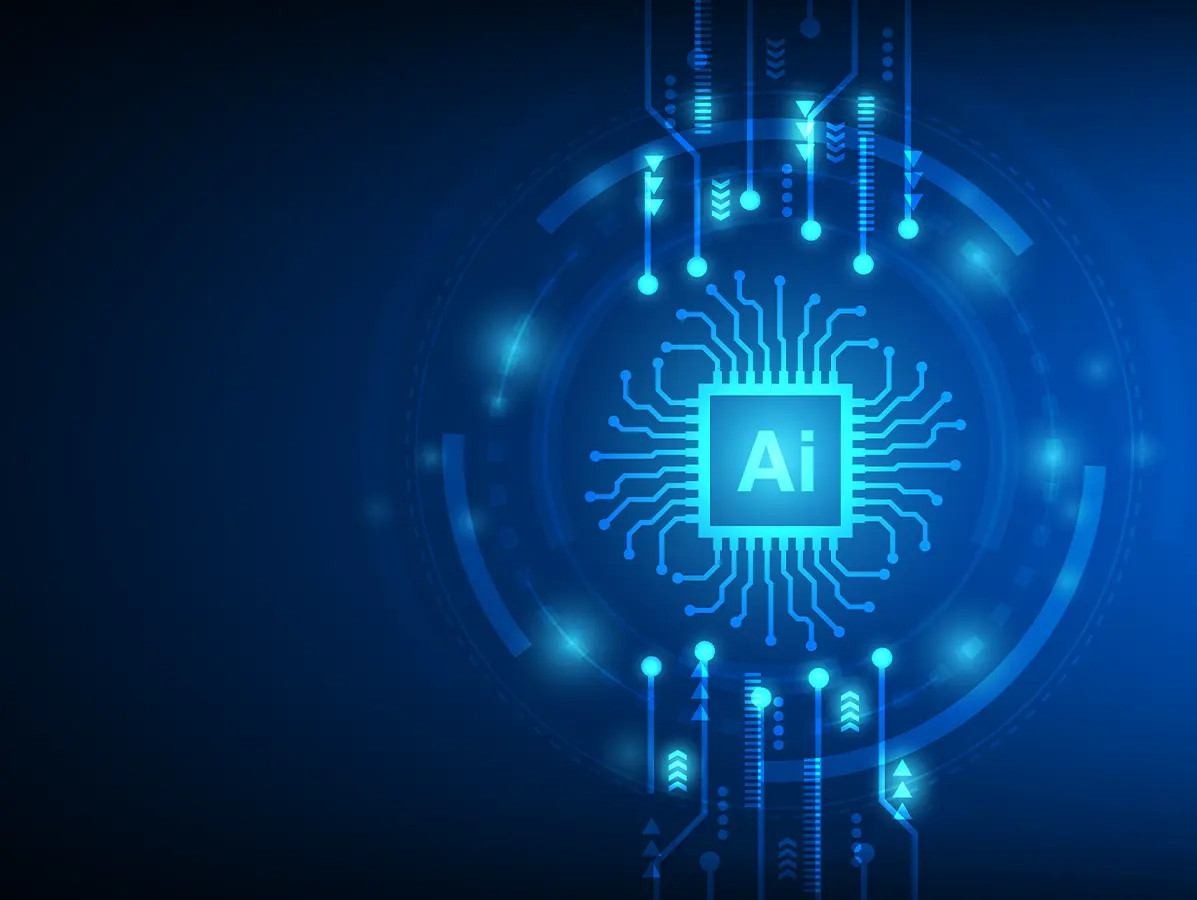
Artificial intelligence is playing an increasingly important role in food safety, yet its decision-making process often remains a ‘black box.’ Wageningen Food Safety Research (WFSR) is investigating how Explainable AI can provide more insight into AI-driven decisions. This is especially important for applications such as detecting banned substances in the food supply chain.
Chemical-analytical methods, such as mass spectrometry, are used to test for banned growth hormones in cattle. Researchers at WFSR trained an AI model to analyze cow urine samples and detect traces of these substances. The neural network achieved an accuracy of 90%, comparable to existing statistical methods.
To understand how the AI reached these conclusions, the researchers applied the game-theoretical framework SHAP. This method identified which chemical structures were most significant in the analysis. “Domain experts have confirmed that this analysis is correct,” says Dr. Ir. Bas van der Velden, team leader of Data Science at WFSR.
The research shows that Explainable AI can help make AI applications in food safety more transparent and reliable. Currently, AI decisions are often explained after the fact, but efforts are also underway to develop models that can provide real-time insights into their reasoning.
“Biologists need different information than food processors,” Van der Velden points out. AI that provides tailored explanations can support better decision-making within the food supply chain and improve overall processes.
Source: Wageningen Food Safety Research